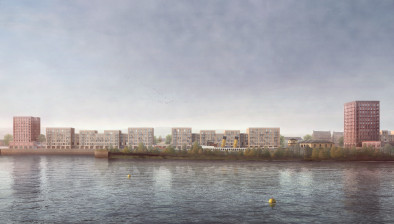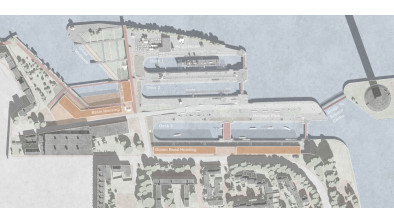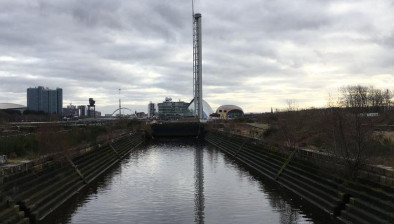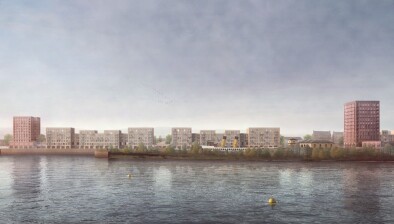Govan Graving Docks regeneration moves forward with drydock reopening
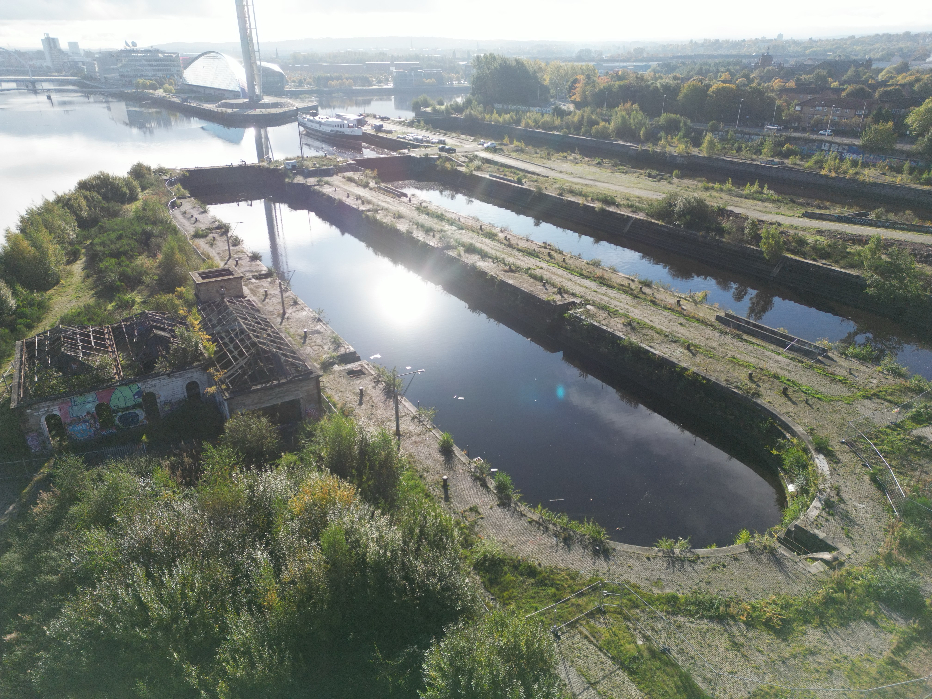
A key component of mixed-use regeneration proposals at Govan Graving Docks has been reached with Govan Drydock Limited given the green light to re-open.
Glasgow City Council granted a Change of Use Planning Consent to allow the full re-opening of Drydock Number 1, which was previously designated derelict.
Govan Drydock is now operational as a ship repair and maintenance facility. Earlier this year, it was awarded the contract to project manage and undertake the first phase of major restoration and repair work on the TS Queen Mary, which will help preserve the iconic ship.
Peter Breslin, managing director of Govan Drydock Limited, said: “Securing planning consent will allow us to continue the regeneration work on Govan Drydock, which has been derelict for the past 36 years. It is great news for the Govan area of Glasgow and will bring future job opportunities.
“It will also enable us to continue the repair and restoration work we have been undertaking over the past six months on the TS Queen Mary.”
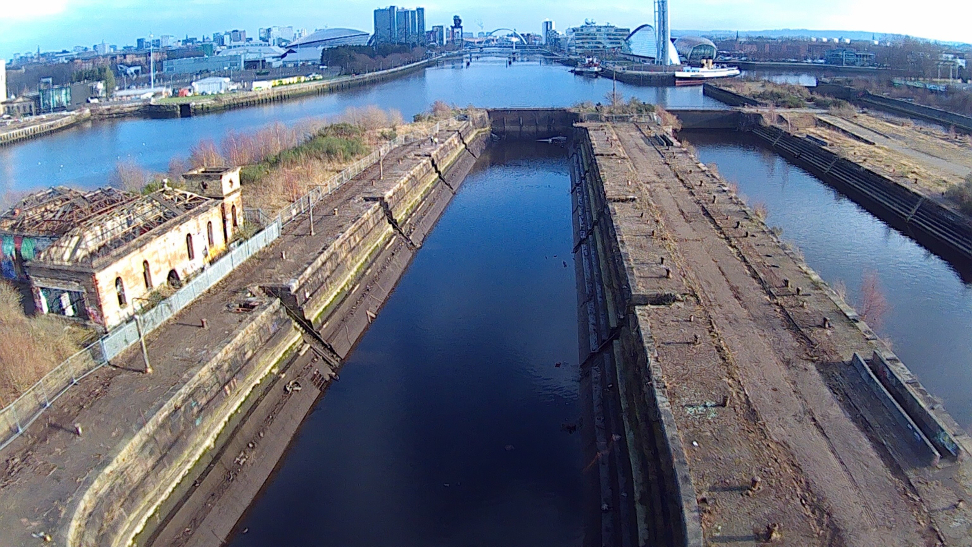
The re-opening of the drydock Number 1 is a key component of the wider mixed-use proposals, led by New City Vision, which would see the seamless integration of community and industry, with the derelict site transformed into a vibrant neighbourhood with new residential housing and a hub for community projects interwoven with the historic landmark.
Paul Sweeney MSP, convenor of the Scottish Parliament’s Maritime and Shipbuilding Cross-Party Group, added: “I am delighted by the news that Glasgow City Council’s Planning Applications Committee has approved the ambitious proposal to bring the 168m long Category A-listed Number 1 Dry Dock at the Govan Graving Docks complex back into use for commercial ship repair operations for the first time since 1987.
“With support from Glasgow City Heritage Trust, the Arrol-built steel caisson dock gate will now be fully restored to working order, which will allow vessels to enter the dock – and make use of dry docking facilities, commencing with the re-engineering project for the iconic 1933 turbine steamer, Queen Mary.
“After 36 years of dereliction, it has been a life-long dream for me to see the rejuvenation of commercial shipbuilding and repair services on the upper Clyde.”






